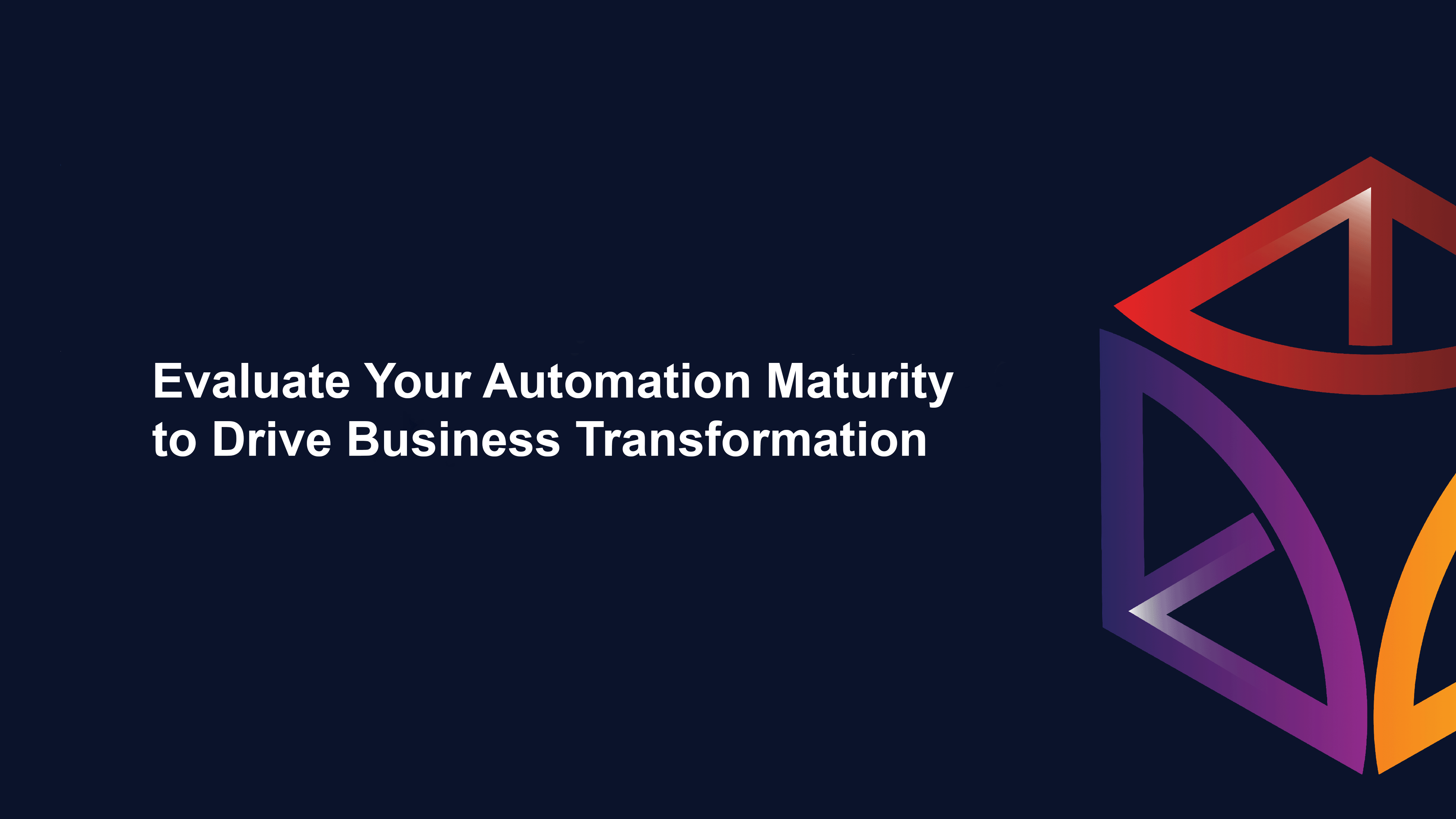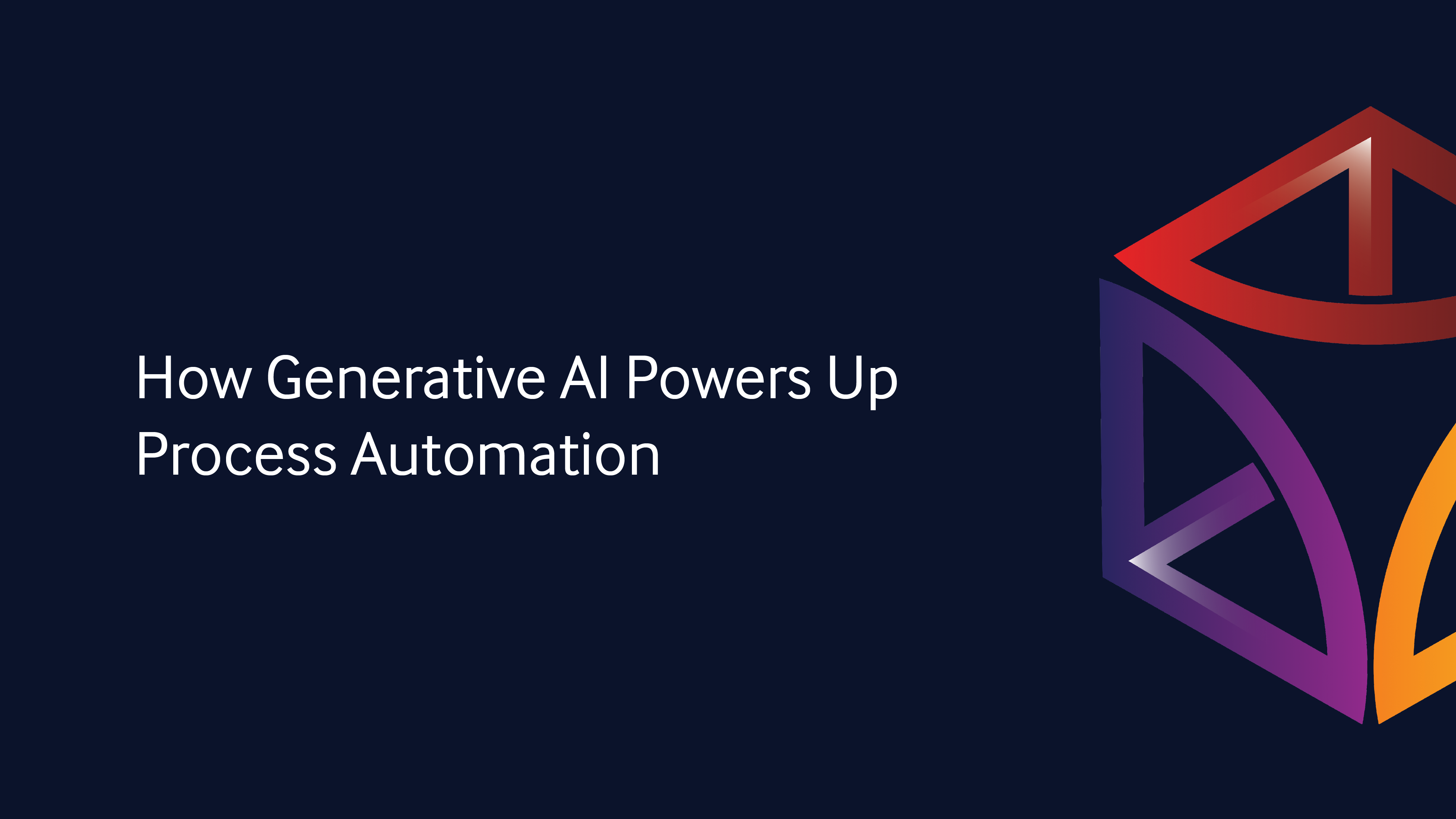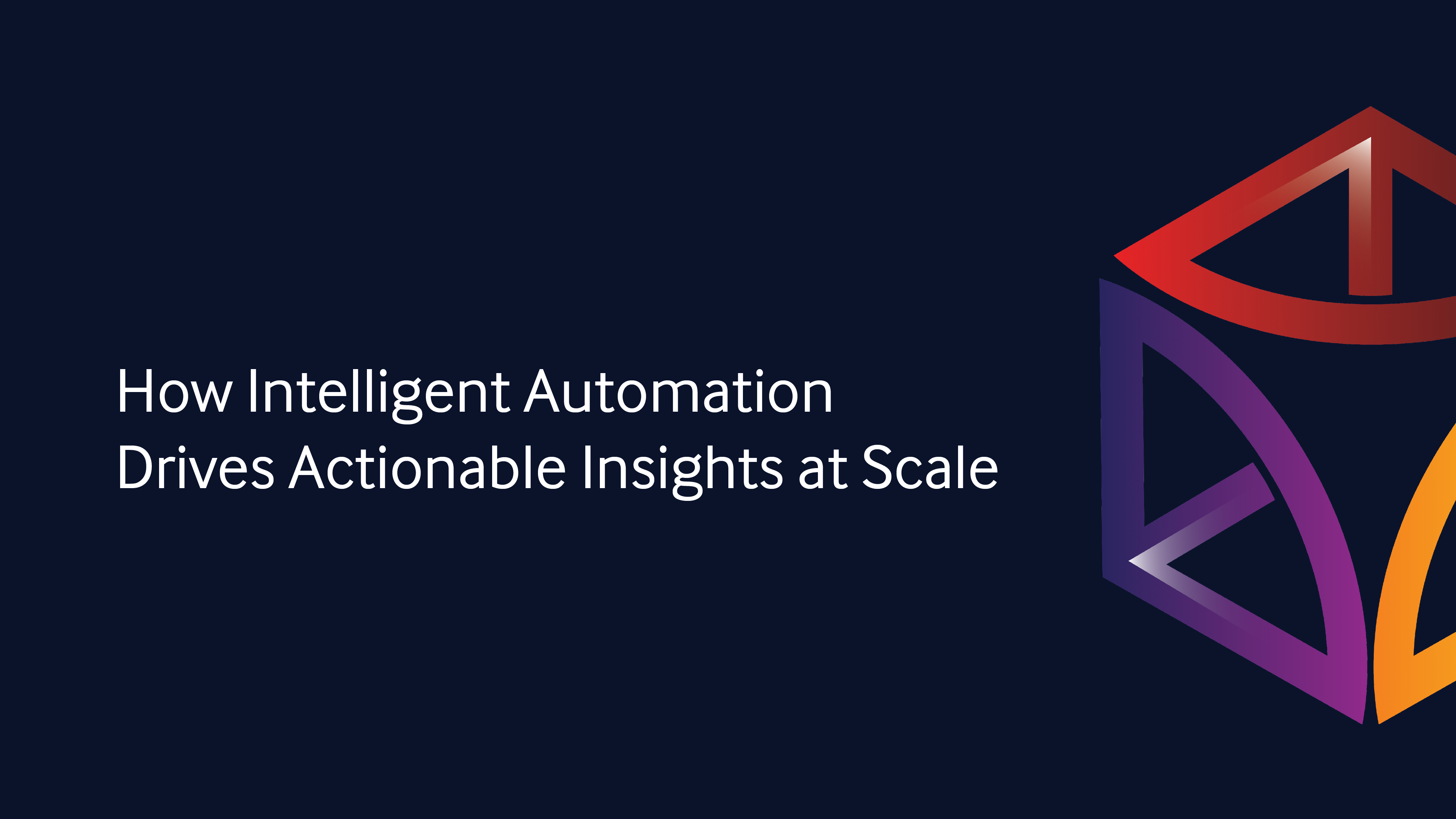

Elsa Petterson
Partner success manager @ Put It Forward
Table of Contents
Keeping up with Industrial Revolution 4.0 is not an easy task – technologies constantly evolve and so must businesses. One particular solution that is crucial is automation. Many organizations implement it to enhance productivity, align teams, and cut down on costs. Yet, not every one of them does it on an equal level. So, how to identify what level is your company on? You will learn that in this article, where we explain automation maturity and how you can evaluate it.
What’s the Automation Maturity?
With time, every business grows and so do the people, processes, and technologies in it. Automation maturity is the state at which your organization stands in regard to automation implementation and development. What is the approach of the employees towards automation? What technologies are introduced to achieve it? What processes undergo automation? The answers to these questions define your company’s automation maturity.
We have underlined people, processes, and technologies in the previous paragraph for a reason – they are the basis for defining and assessing automation maturity. Let us delve into this matter further.
People
With time, employees become more mature – they get to know the processes, and the boundaries in which they operate and become more invested. As such, they begin to realize the importance of productivity and proactively search for ways to improve it, looking into solutions such as automation. The level of maturity of the employees affects the level of automation maturity in general. There are 5 general stages in employee development:
- Employed – Those staff members who have just joined a company are beginning to get to know the processes, unspoken rules,, and mission of the business. They are focused on their own competencies and tackling basic administrative duties.
- Trained – After a while and some effort, employees become trained – they are competent enough to carry out their tasks, yet still perceive their work through a tight scope of their duties.
- Compliant – Being compliant means that the employees start to recognize their role in the company as a whole. They understand how they contribute to the business’s success.
- Belief – At this stage, the employees begin to find ways to improve their efficiency and look for ways to optimize processes in the organization.
- Ownership – Finally, your specialists take ownership of their roles – they make sure that the jobs are done correctly and support other staff members, treating the business as a complete, living organism.
Technology
In the beginning, humanity used bare hands, then stone tools, later iron ones, and finally it reached the level of technological development that we observe today. It is parallel with a company – initially, data is collected and input manually. Then, some simple, isolated automation is introduced. Its instances are later connected with each other, distributed between teams and members and finally unified to form a whole end-to-end system. The automation maturity in relation to technology is simply level to which your business is scaling by automation. We distinguish 5 of them:
- Manual
- Isolated
- Connected
- Distributed
- Unified
Processes
There is no one clear-cut way in which handling processes mature in an organization, yet there are some particular levels that they go through. The level that your business is at also defines automation maturity – the higher ones are simply impossible to achieve without automated solutions. A company can be on one of 5 stages:
- Ad hoc/reactive
- Defined
- Managed
- Quantitatively managed
- Optimized
The Automation Maturity Model
The automation maturity model is the representation of the factors described in the above section combined, in relation to a whole business. It can be used as a roadmap – the goal towards which an organization is headed, along with the stops on its way. The intelligent automation maturity model includes 4 levels:
Limited to No Automation
The first stage in the automation maturity model is limited to no automation. At this point, tasks and processes are done manually and people in the organization are not aware of the potential benefits of automation development or are incapable of implementing it. They might also misunderstand the costs of such solutions. Yet, at this level, work is inefficient and the business’s scalability and growth are limited.
Task Automation
The second level in the automation maturity model is task automation. The automation is not yet centralized and introduced only by individuals who do not share their scripts with others and only look for ways to automate their work. End-to-end processes still require manual initiation and input at different stages, thus improving the overall productivity only slightly.
Process Automation
This is the level when automation implementation is done on a larger scale – inside whole teams the least. It can be achieved through various automation platforms and improves productivity significantly. However, it still requires qualified staff that knows how to operate the automation scenarios.
Intelligent Automation
The final stage of the automation maturity model includes fully integrated, seamless automation within the whole organization. At this point, the systems are capable of handling processes end-to-end quickly, improving the final customer experience.
Business Value of Mature Automation
Reaching the highest place in the automation maturity model enables you to elevate your business and grow it faster than the competitors. The value of mature automation may be observed in various key areas in your organization. Such an organization is characterized by:
- High Automation-Intensity – At the pinnacle of automation maturity, businesses carry out repetitive, rule-based but also some more advanced tasks automatically, spending fewer resources on human employees.
- Operational Agility – Businesses which have reached the final level of the automation maturity model are agile – they can scale quickly and adjust to the demands of the market in real time, enabling them to act on emerging opportunities.
- Execution Scalability – Mature automation means that businesses are able to scale up and down seamlessly. There is no need for additional workforce when the demand rises nor to cut down on employees when it falls. Additionally, no human input is required for scaling – the system will effectively adjust to the situation.
- Rich Customer Experiences – Customers are at the center of every business and their experience is crucial. Mature automation allows solving their issues swiftly and effectively, thus increasing their satisfaction.
Key Takeaways
Automation maturity is the level at which the employees, technologies, and processes in a business embrace automation. The automation maturity model involves four stages: limited to no automation, task automation, process automation, and intelligent automation. It is possible to conduct automation maturity assessment by understanding each of these levels. Why is it important? Because automation allows businesses to scale, become agile, and enrich customer experience.
You might also read Robotic Process Automation (RPA): Benefits, Risks, and Implementation Advice.
Subscribe to our blog










